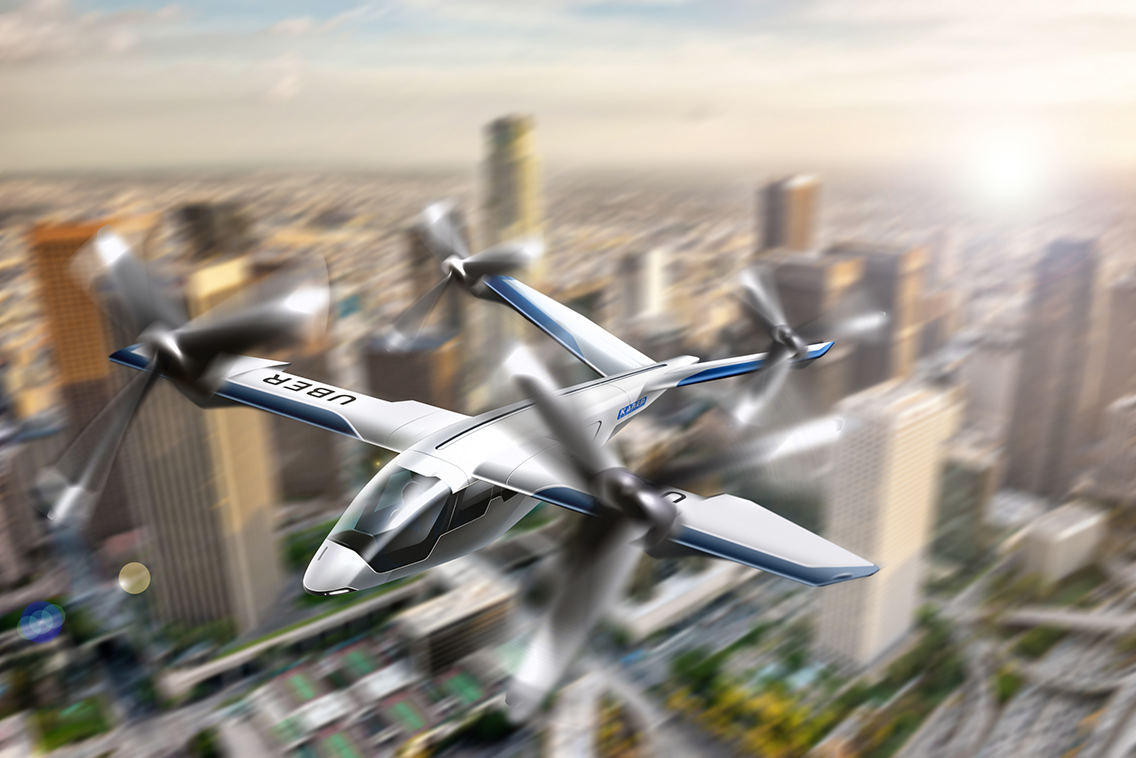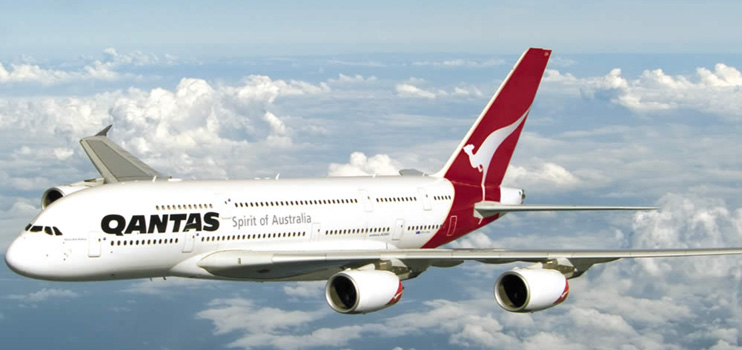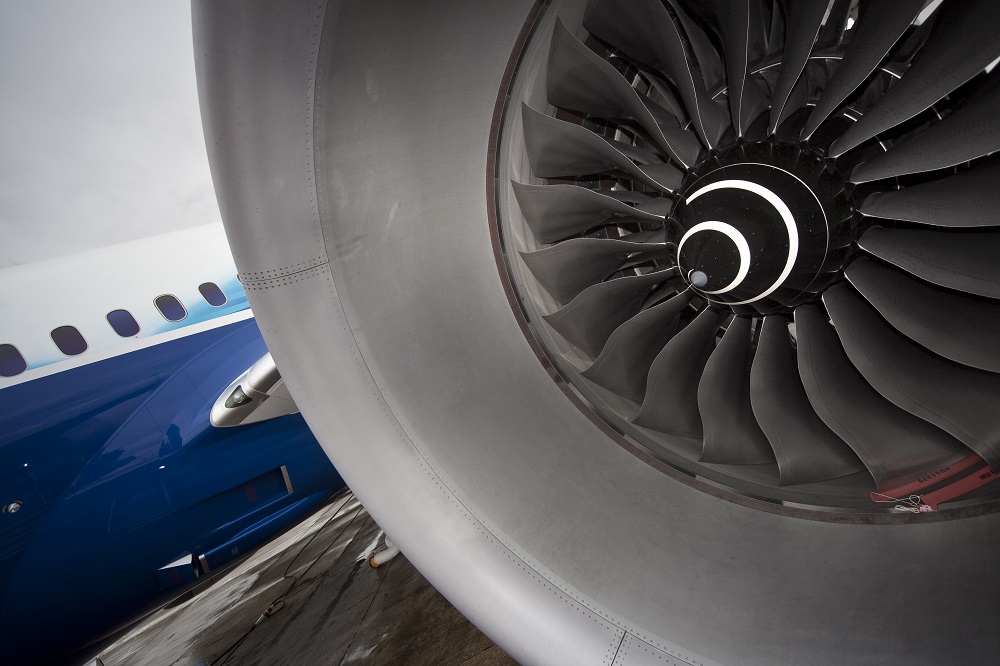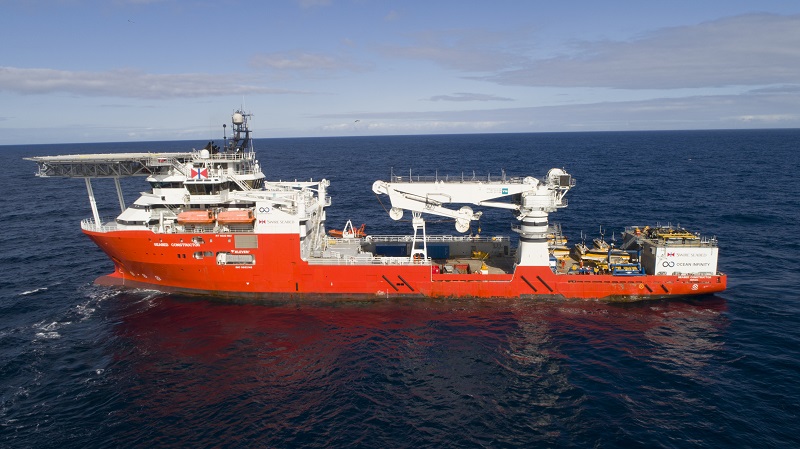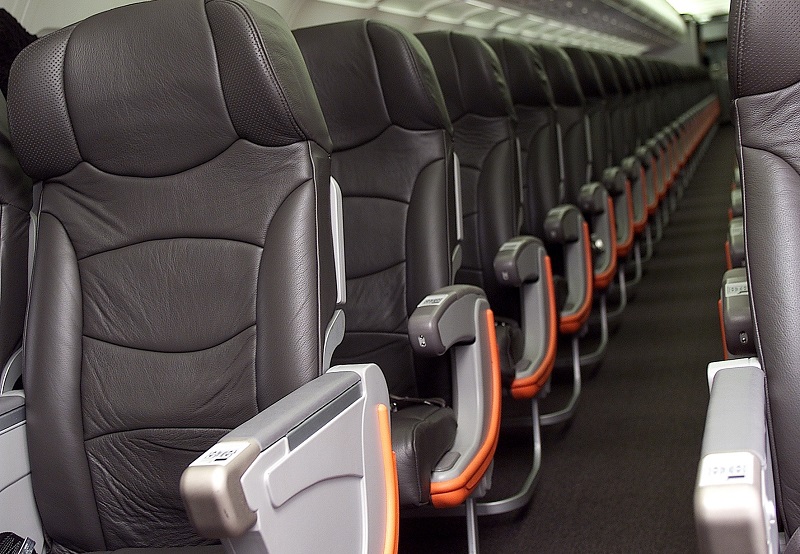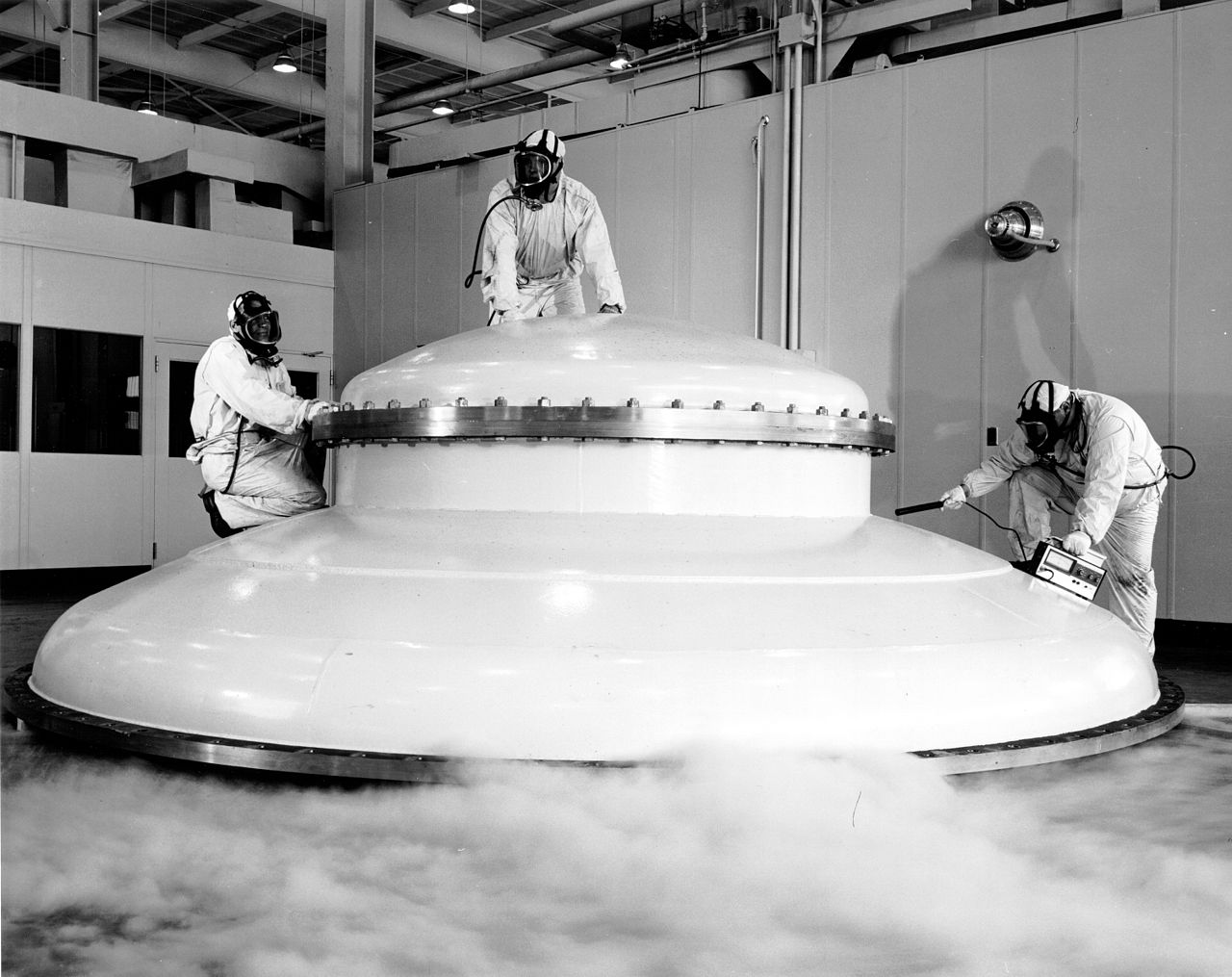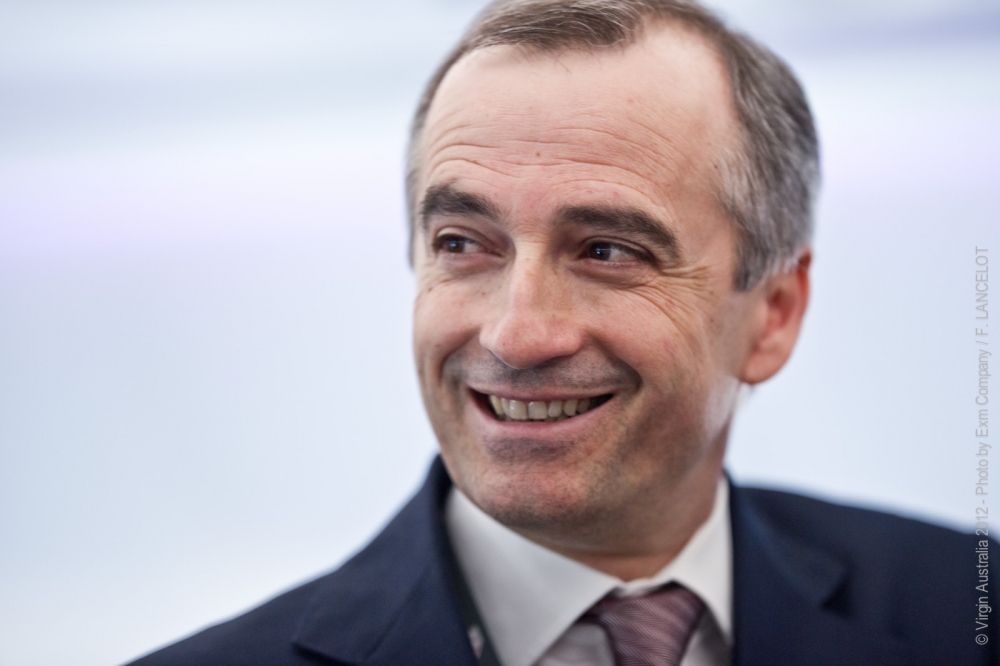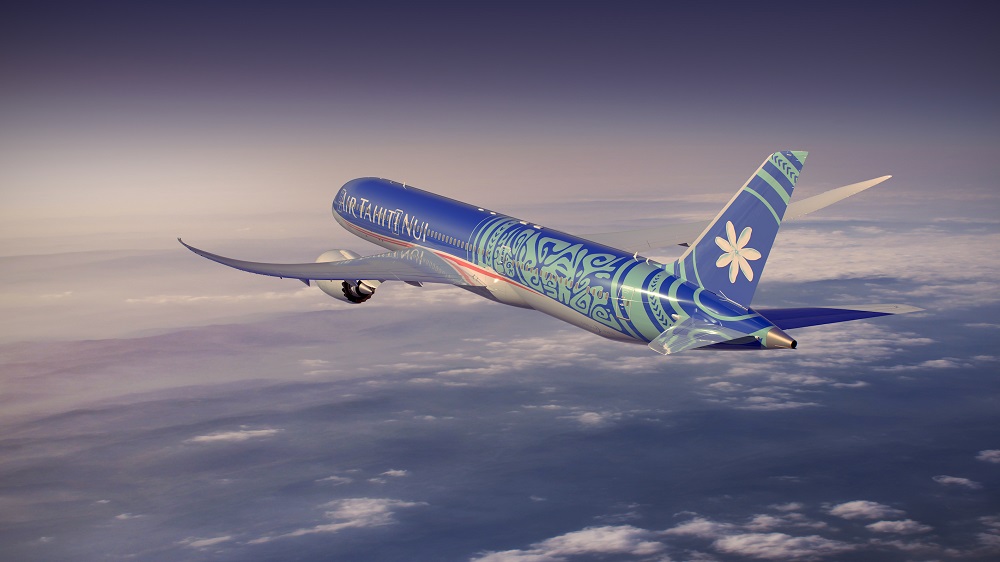Outgoing International Air Transport Association chairman Alan Joyce has warned against a return to a “one-size-fits-all” economy class, saying bigger people seeking a comfortable journey have the option of paying to upgrade to better seating.
The issue arose as airline chiefs at this month’s IATA conference in Sydney warned against any move by the Federal Aviation Administration to regulate the amount of leg room provided to economy passengers.
The US House of Representatives in April overwhelmingly passed a House Transportation and Infrastructure Committee bill that included a requirement that the FAA set minimum size standards for aircraft seating.
Read: UK regulator reviews airline seating policies.
The airline bosses — Qantas boss Joyce, IATA director general Alexandre de Juniac as well as incoming IATA chairman and Qatar chief Akbar Al Baker — were united in their opposition to any move to regulate legroom.
Asked by AirlineRatings about the implication beyond the US of an FAA ruling, de Juniac said IATA believed “these type of ideas should not be implemented”.
It was not the role of overburdened regulators, he said, to regulate “the size of your seat or the space for your legs”.
Joyce said airlines had a range of products people could decide to buy.
“In Qantas, you can have a Jetstar seat, it’s very low cost, it has a tighter seat pitch than Qantas and you know what that product is,’’ he said. “You can buy a premium economy seat on Qantas, a business seat or a first-class seat.
“So we offer the choice and people can choose that choice. I think the last thing we want to do is to get to one-size-fits-all and everybody’s paying the same price and airfares go back to where they were 20 years ago because the regulators come in thinking they’re doing the right thing. Actually, a lot of consumers will lose out on that.”
Joyce, who is on the shorter end of the passenger height spectrum, noted he had no problem flying on Jetstar for five years in economy.
“With my size, I’m happy with that and there were airfares I was extremely happy with,’’ he said. “Let the people have the choice and decide what they want.’’
The US seat requirement is still vague and gives the FAA a year to develop regulations on minimum standards for economy seating, including seat pitch, width and length.
It does not specify what these should be other than to say they would be “minimum dimensions for passenger the safety and health of passengers”.
Nor does it give any indication how the rules would relate to cramped seating already in place.
There is some speculation is that it could establish a floor for seat pitch at 28 inches and a minimum width of 16.5 inches, dimensions that would still be cramped for many people.
The FAA was forced to revisit the issue after a federal court judge last year ordered it to address concerns about what she described as “the incredibly shrinking airline seat”.
“As many have no doubt noticed, aircraft seats and the spacing between them have been getting smaller and smaller, while American passengers have been growing in size,” Judge Patricia Millett said.
The court ruling came after advocacy group Flyers Rights petitioned the FAA in 2015 to regulate seat space.
The agency refused so Flyers Rights took legal action, arguing that narrower seats and closer spacing were “endangering the safety, health and comfort of airline passengers.”
In her ruling, Willet expressed doubts about an FAA assertion that seat spacing did not affect the safety or speed of passenger evacuations.
“To support that conclusion, the Administration pointed to (at best) off-point studies and undisclosed tests using unknown parameters,” she said.
Qatar’s Al Baker, who is now chairman of IATA, argued that airlines should regulate themselves when it comes to leg space.
“I think such kinds of issues should be left to IATA to decide,’’ he said. “IATA is a collective organization of all the airlines and this is very important that this kind of one-sided decisions are not left to any regulator but to an international body that will look at the interest of all the airlines and not of just a particular region.”
“And of course, where do you stop?’’ added Joyce. “Do you start going to trains? Do you start going to trams?”
Author and journalist Christine Negroni asked about safety implications, including reports brace positions could no longer be maintained because of the size of seats and doubts about egress during evacuations.
It was not just a question of big people paying more, she said, it was a matter of safety.
Joyce argued that seats and other items on aircraft had to meet stringent safety regulations to be certified, pointing to toasters used on the A380 that cost the airline more than $A50,000 each.
Watch: Virgin galactic fires up.
“So we cannot be implementing a product that is not certified by the manufacturer, not certified by the regulator that looks after the manufacturer, not certified by the local regulator and not accepted at the airline,’’ he said.
Al Baker lamented that the traveling public did not realize how stringent were the certification requirements of the seats. This included certifying the seats to withstand 16 times the force of gravity.
“And once you really get to know this you realize that, regardless of the size of the seat, you are traveling on the safest thing that is ever made and that is the seat of an airline,’’ he said.
On the question of egress, Joyce said the airlines had to demonstrate they could evacuate an aircraft in 90 seconds with half the doors closed.
“This is highly regulated and I don’t think people understand the number of steps an airline has to go through to get anywhere near putting a seat on an aircraft,’’ he said. “It is a huge process and you are guaranteed it’s safe if it’s appearing on one of our aircraft.”
















